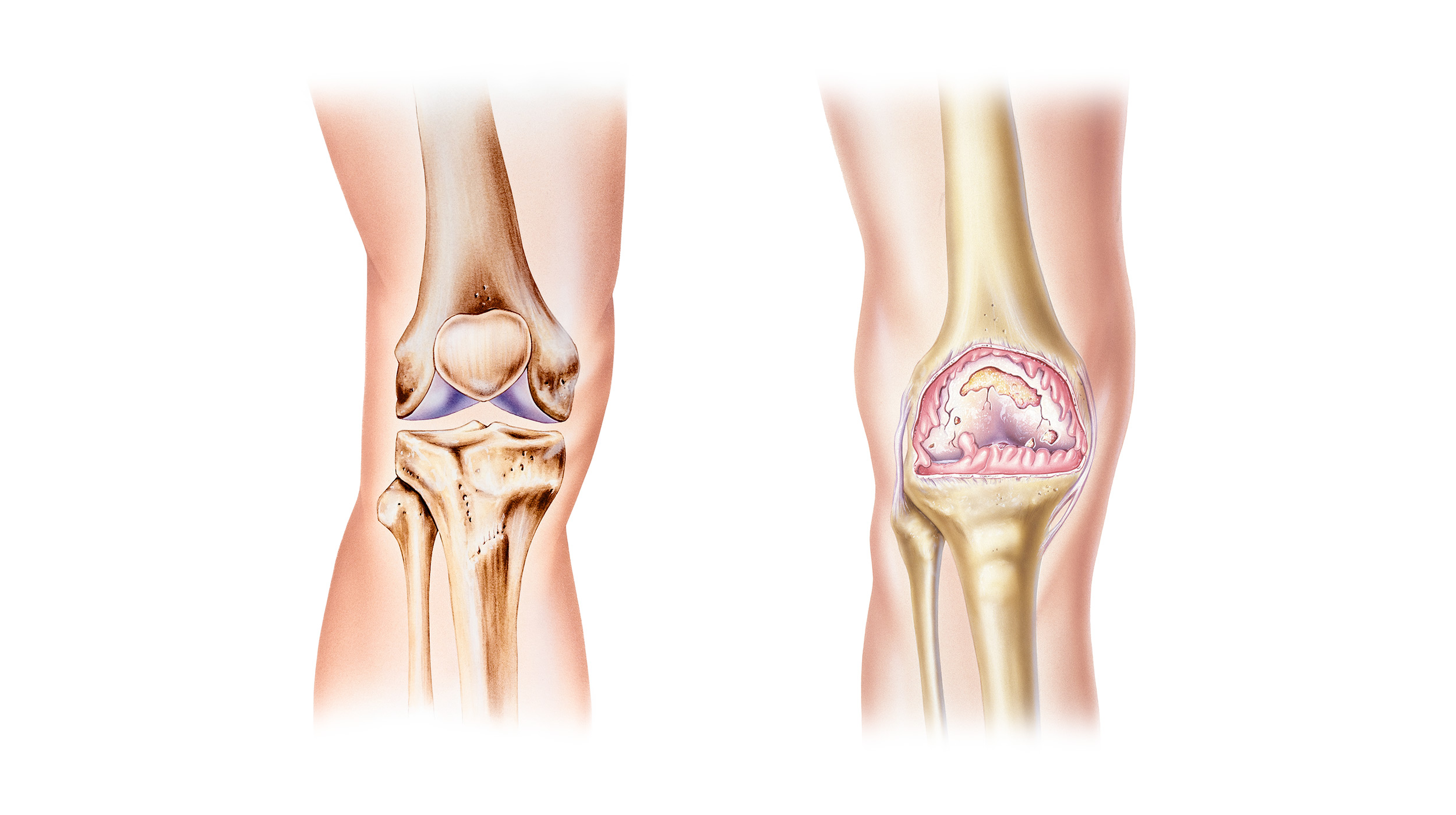about Knee Arthroscopy
Knee arthroscopy is a surgical procedure that allows doctors to view the knee joint without making a large incision through the skin and other soft tissues. Arthroscopy is used to not only diagnose but also treat a wide range of knee problems.
Because the arthroscope and surgical instruments are thin, only very small incisions are necessary as opposed to the large incision that open surgery would call for. Not only does this reduce scarring, but results in less pain, less joint stiffness, and often shortens the time it takes to recover and return to your favourite activities.
A knee arthroscopy may relieve painful symptoms of many problems that damage the cartilage surfaces and other soft tissues surrounding the joint.

Knee Arthroscopy
About the treatment
Your doctor may recommend knee arthroscopy if you have a painful condition that does not respond to nonsurgical treatment. Nonsurgical treatment may include rest, physical therapy, and medications or injections that can reduce inflammation. Common arthroscopic procedures for the knee include:
Removal or repair of a torn meniscus
Removal of inflamed synovial tissue
Trimming of damaged articular cartilage
Removal of loose fragments of bone or cartilage
Treatment of patella (kneecap) problems
Treatment of knee sepsis (infection)
Left: Healthy Knee Joint. Right: Knee Joint affected by Osteoarthritis.
During a knee arthroscopy, Phil inserts a small camera called an arthroscope, into your knee joint. The camera displays pictures on a video monitor allowing the team to guide miniature surgical instruments and address your injuries as required.





